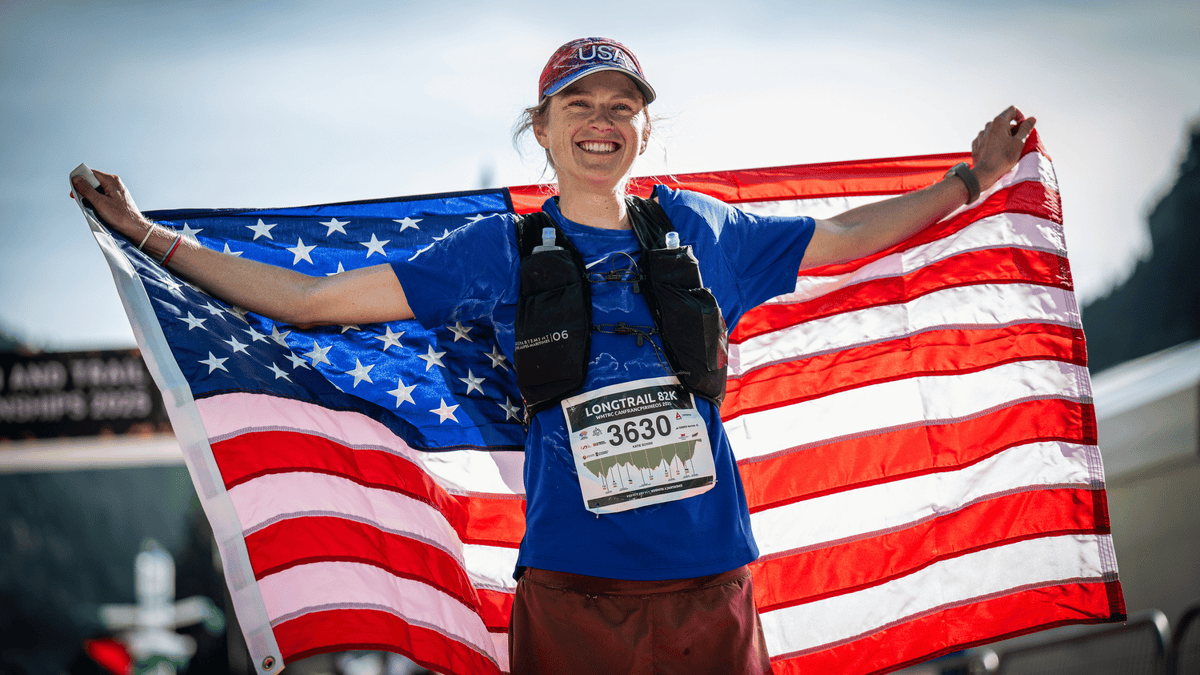
“If all goes well, the U.S. will come away from this with eight medals.”
That’s what Nancy Hobbs, the U.S. Track and Field Mountain-Ultra-Trail chairperson, told me before the World Mountain and Trail Running Championships in Canfranc, Spain, on September 25-28.
Hobbs is either exceptional at her job, or she owns a crystal ball. Headlined by Katie Schide and Jim Walmsley dominating the women’s and men’s Long Trail 82K on September 27, Team USA earned eight medals over four days of racing across the scenic and challenging trails in the Pyrenees.
Anna Gibson contributed to the haul with a bronze medal in the women’s Uphill race.
Plus Team USA earned a bronze medal in the men’s team Uphill race and silver medals in the men’s team Long Trail, women’s team Long Trail, and women’s team Classic. Together, those performances were enough to earn the U.S. a bronze medal in the overall federation team award, behind France and Italy.
By my count, this is the largest haul for Team USA at a World Mountain and Trail Running Championships (a mouthful abbreviated to WMTRC). But this year’s event, which included 1,600 athletes from 70 countries, was unquestionably the most competitive WMTRC to date.
“Knowing I can make the bottom step of the podium makes me want to strive for the top, but for where I am in my career, this third place medal feels like a huge accomplishment,” Gibson said. “The level of competition was really high. The race was extremely organized, in my opinion, and in a beautiful location.”
That leaves me wondering, why is the world champs gaining popularity among the best in the sport now?
Greater Than Oneself
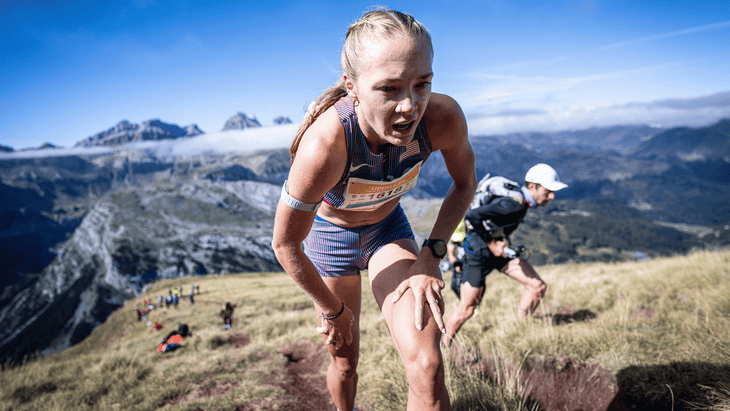
“I wanted to compete for Team USA because it’s one of the highest honors you can have as an athlete,” Gibson said. “And also because I love the team aspect of coming together across brands and disciplines to be one united front.”
And indeed, a heartwarming international spirit pervaded the air around Canfranc over the four days of racing. The junior racers in the U20 event, especially, displayed an electricity sparked from their excitement to be there, coupled with nerves from representing their diverse collection of home countries.
Because of the mountain resort’s remote location, a solid 2-3-hour drive from population centers in Spain and France, the trails were mostly lined by cheering teammates during the first days of racing. Then, when more people were able to come for the weekend races, the enthusiasm stepped it up a couple notches.
One of the highlights was the amount of support crowd favorite Sunmaya Budha (Nepal) received during the Long Trail race, where she finished second behind Schide. The crowd in town roared when she emerged off the trail and ran through the inflated pillars marking the finish.
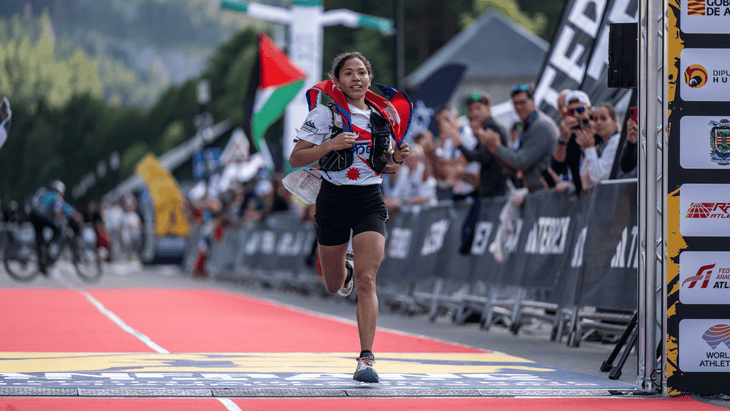
But there are unique logistical challenges with coordinating a world championship event in a new place every two years. Because the mountain resort village of Canfranc is too small to house the droves of athletes and staff of the world championships, the teams were lodged a 20-minute drive away, in the more substantial city of Jaca.
While that posed minor inconveniences, the commute, along with messaging that only five athletes per federation were invited, resulted in sparse attendance at the opening ceremonies—often a highlight of this event. (It didn’t help that the U.S. team scheduled a team briefing at the same time.)
A Cobbled-Together System
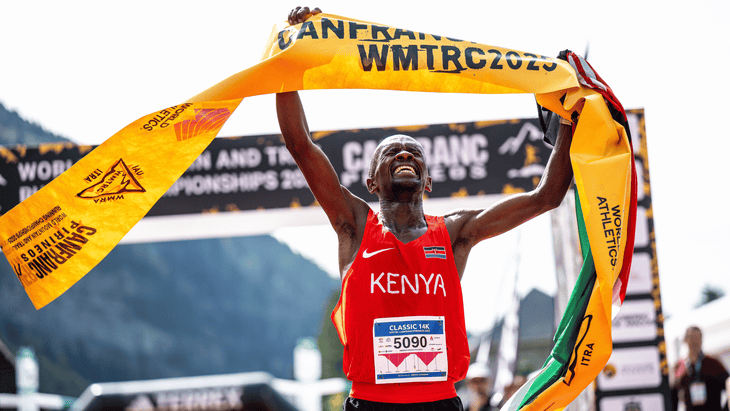
“So, the World Mountain Running Association, the International Trail Running Association, International Association of Ultrarunners, and World Athletics walk into a bar”
I know that sounds like the lead-in for a bad joke, and perhaps some find it to be, but the patched-together partnership among these organizing bodies is an interesting and evolving one.
In fact, the mountain running and trail running world championships were held as separate events until 2021, when the event officially consolidated as the WMTRC under a partnership of the World Mountain Running Association, International Trail Running Association, and the International Association of Ultrarunners. The real kicker, though, was the new oversight from World Athletics, the official governing body for track and field, which agreed to join the fray as governing officials push to put trail running in the Olympics in 2032.
That inaugural championship ended up getting delayed until November 2022 because of the COVID-19 pandemic. In just three years, the level of competition has taken off. We can see that by looking at the average UTMB index of the top 10 men’s and women’s finishers in the Long Trail, which this year was a burly 50 miles with 16,600 feet of climbing. In the women’s race, the average UTMB index has gone up from 761.7 in 2022 to 768.6 this fall. Similarly, in the men’s race, it’s improved from 875.2 in 2022 to 915.4.
The Rise of the World Mountain and Trail Running Championships
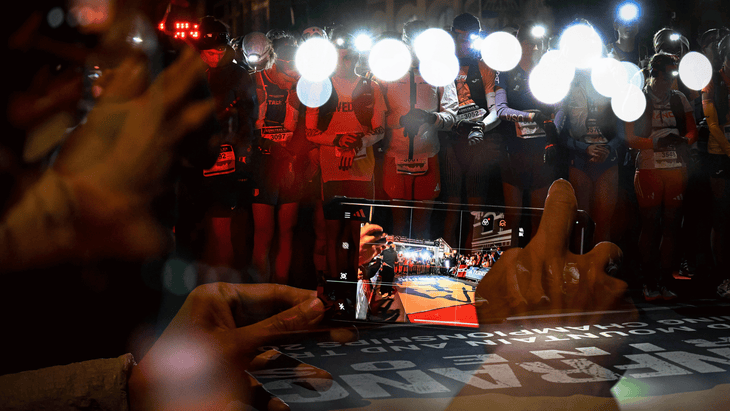
That leveling-up was reflected in my conversations with athletes on the ground in Canfranc, including veteran Team USA members Max King and Joe Gray, both former world mountain running champions. King found this U.S. squad to be the most stacked he’s ever seen. Same goes for the global level of competition, which included a dominant showing from Kenya in the Uphill and Classic Races with eight medals (including four gold), Uganda (nine medals), France (eight medals), and Italy (eight medals), plus commanding performances from Nina Engelhard (Germany) and Tove Alexandersson (Sweden).
The media attention around the sport, especially the live streaming of events like UTMB, Western States, and the Golden Trail Series, that displays to the world the stunning terrain and dynamic physical performances over rugged and dazzling landscapes, has helped inspire runners to take up the sport, King observed.
Now that WMTRC is also improving its live coverage production and getting more attention from various outlets, it will only help to increase interest. (That being said, WMTRC made a critical error this year in its skewed gender coverage, particularly in short-changing the women’s race during the Long Trail event.)
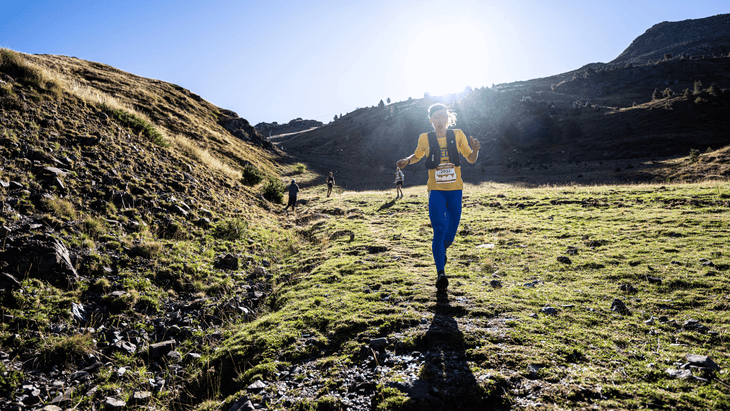
King has also observed a shift among trail running brands. A dozen years ago, when King and I were with the same brand, that brand effectively discouraged attendance at world championships through the bonus structure. Leaders at that brand, like others, saw participating at WMTRC as counterproductive, given that participants would be wearing Nike uniforms, which is and was the required kit for Americans. (Although athletes can choose their footwear.)
Racing at the world champs was also detrimental because it tied up athlete schedules for months. But that perspective appears to have changed. Now, many brands see worlds not as an event where their athletes parade around in Nike garb but, rather, as a forum where they sport Team USA. Likely, many brands have incentivized athletes by moving WMTRC from a tier 3 race to a tier 2 race, or a similar bonus increase, in their athlete contracts.
Indeed, I noticed representatives from several brands walking around the streets of Canfranc last week, although with little fanfare since Adidas Terrex was the presenting sponsor of the event.
Gray, 41, who has earned a spot on Team USA at every world championship event since 2008, similarly views the elevated media attention as helping fuel focus on the sport. He cites the increased participation from “crossover” athletes who move from track and field or road as a contributing source of increasing the competition level and interest in mountain and trail running.
He offered the examples of Simon Gutierrez, Pablo Vigil, and Jay Johnson as pioneers, and Gibson is blazing a similar path. Gray recognizes that now that worlds really does draw the best competition, it has earned the attention it well deserves, and sees brands incentivizing their athletes accordingly.
Toward a “Real” Sport
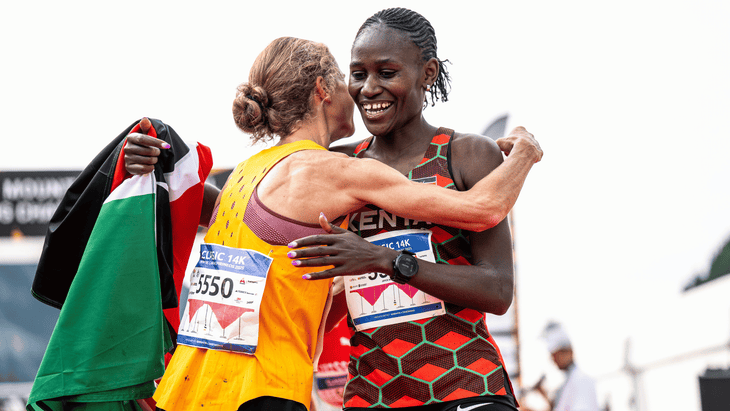
Three years into their partnership, the WMRA, ITRA, IAU, and World Athletics get along now, for the most part, according to Hobbs, who has been a key representative at the WMRA for many years.
But the system still has its kinks. Hobbs references the discrepancies in how the various races were scored as an example. The three “mountain” races, the Uphill 6K, the Under 20 8K, and the Classic 14K, were scored using a cross-country scoring system: point places for the top three finishers of each country’s team and adding up the scores, with the lowest score winning.
Alternatively, the Short Trail 45K and the Long Trail 82K team scores were calculated by taking a team’s top three runners’ aggregate times. This is akin to the concept of ordinal numbers versus cardinal numbers. Then, scoring for the overall federation team award practically warranted a supercomputer to determine that France had 4,333 points, Italy 4,315 and the U.S. 4,279 for gold, silver, and bronze, respectively.
(In reality, this designation was determined with a grand scale cross-type scoring system, in which each place in every senior race received a numerical score. First place was awarded 250 points, second place got 249, and so on.)
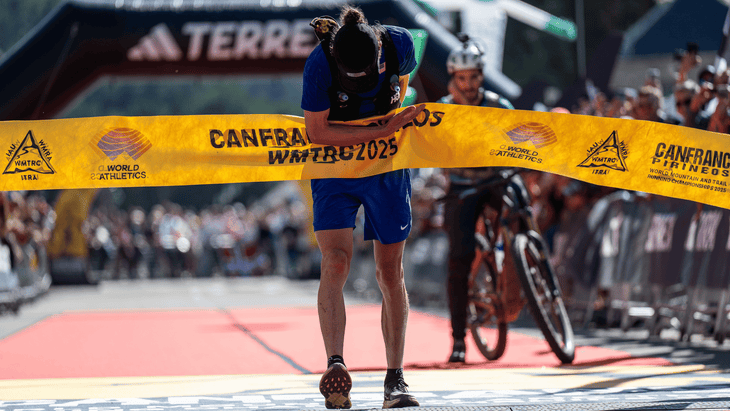
While the prospect of adding trail running to the Olympics originally drew in World Athletics, it is the combination of all of these governing bodies that is hopefully helping align the sport, according to Paul Kirsch, U.S. Mountain Trail team leader. He also credits the growth in trail running and increased competition as drawing more attention from brands like Nike, observing that ACG, its off-road focus, is fully back in the game.
Kirsch says the athletes who run for the U.S. often remark to him how welcome it is to feel enveloped as part of a team, often the first time they felt that way since racing in college, although some of his U20 runners have yet to reach that stage.
For Kirsch, WMTRC provides “a special experience and as it continues to grow, we are seeing a true World Championship, with athletes from Africa and Asia joining countries from Australia, North and South America, and Europe. This just adds to the competitiveness of the races, which was really evident this past week. I’m looking forward to seeing the continued growth at Worlds in Cape Town.”
Kirsch said Confranc “reminded me of what is so special of the gathering of so many nations for friendly competition. There are many difficult situations going on in the world right now—and to bring everyone together in a peaceful way is what I hope for more of.”
Finally, Kirsch proudly reported, “and please quote me on this,” that the best sign that mountain trail running has finally reached its destination and been recognized as the real, competitive sport it has become is that he “no longer sees the snarky comments on Letsrun.com discussions about trail runners not being real runners.”
The post After Schide and Walmsley’s Wins, Does the World Mountain and Trail Running Championships Finally Matter? appeared first on RUN | Powered by Outside.
🏠 Keep Your Training Base Clean
Long training runs mean muddy gear and dirty floors. Spend more time training and less time cleaning with automated cleaning solutions.

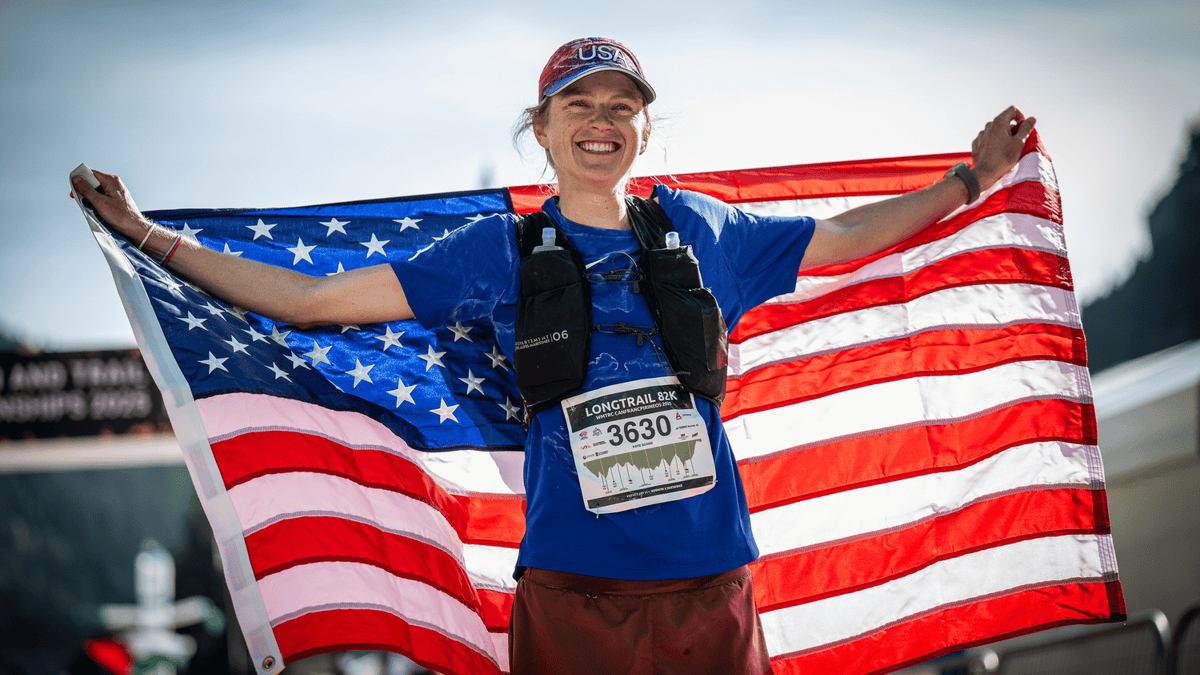
Leave a Reply